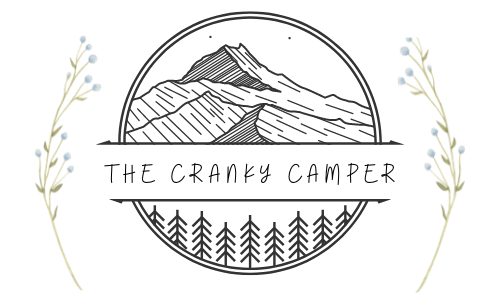
In eastern California near the border with Nevada, in the rain shadow of the Eastern Sierras and coastal ranges exists a land of superlatives. The hottest place on earth- with a recorded temperature of 134 degrees Fahrenheit back in 1913- as well as the driest and lowest place in North America is a geological wonder. Death Valley National Park, despite its name, is very much alive, both to the over one million visitors annually, and the plants and animals who call this desertscape home.
This past Presidents Day weekend, Nate’s Scout troop joined the throngs of folks who ventured out to the national park to take advantage of the lovely clear weather and the three day weekend. It was an amazing adventure, with colorful sedimentary formations rising above the low-lying basin contrasted against a clear blue sky. In the distance, Telescope Peak, the highest point in the park at 11043 feet above sea level stood tall, capped with snow. The campgrounds were busy; we saw many families and several Scout troops while we were visiting the park. However, even with the high level of visitation, outside of the campgrounds and Badwater Basin, the park did not feel particularly crowded. At 3.8 million acres, Death Valley is the most expansive park in the 48 contiguous states.

According to history, Death Valley got its name after a group of miners who had hoped to gain a fortune in mining for gold were trapped while crossing the Great Basin before arriving at the Sierras. Contrary to the exaggerated tales of death and destruction, there was one member of the party who had passed away on the excursion, however, the name Death Valley stuck. While gold and other metal ores were indeed found in the area, the most consistently successful operation was the mining of the salt sodium tetraborate, also known as borax. For years, mule teams would transport borax, which is used for a number of purposes, perhaps most famously, in laundry detergents.
Mining eventually expanded into the world of tourism. Mining companies would advertise adventures in “Hell,” playing up the other-worldly and harsh environs of Death Valley. Landmarks were bestowed names such as Dante’s Peak, Devil’s Golf Course, and Furnace Creek, highlighting the infernal temperatures of the region. Palm-lined resorts were build up over the 1920s and visitors flocked to Death Valley’s mystic landscape to vacation.

But before it was a business venture or a tourist trap, Death Valley was Timbisha. It is a place that the Timbisha Shoshone called home for over 1000 years. They saw it not as a hot, dead place, but rather a place full of life, and a beloved ancestral homeland. They understood and knew the land- how to live in harmony with the desert and where to find natural resources such as water. The name Timbisha refers to the red rocks found in the rocks of the valley that were made into paints. In 1933, the park became a national monument, and the people were moved to a small area near Furnace Creek. Too many years later, in 2008, the people were authorized nearly 10000 acres of land. Today, the Timbisha partner with the National Park Service in working to preserve this ecologically and culturally inportant land.

For us though, this trip was a camping adventure. We were fortunate to be able to get several sites at the Texas Spring Campground in the Furnace Creek area. The grounds were lovely; close to the hills and some easy hikes. We were also within easy driving distance of many must-see landmarks in the park, including Badwater Basin. An additional plus was having running water and flush toilets, which was good for our group and made cooking and cleaning much easier. It was also nice just to be able to relax and enjoy the scenery, which was so pretty both day and night. As an International Dark Sky park, the stargazing was spectacular. Please note that cell service was spotty throughout the park, and I did not have access to any data during the length of our stay. It was so good to disconnect, however, if there were to be an emergency, that would make it harder to get into contact with people. As a side note, I did have to wait till we were headed toward home before I could post anything on my socials.
Death Valley has much to appreciate in terms of history and culture, especially considering its remote location. I will showcase some of that in later posts. For now, I’ll leave you with photos from our first stop, Zabriskie Point. It overlooks what was once ancient Lake Manly, now a dry lake bed with expansive salt flats. While no longer covered in water, it is still a beautiful view, thousands of years later.


For more information and to plan your trip, visit:
nps.gov
Source info:
“Timbisha.” National Parks Service, U.S. Department of the Interior, https://www.nps.gov/museum/exhibits/death_valley/timbisha.html.
“The Lost ’49ers.” National Parks Service, U.S. Department of the Interior, https://www.nps.gov/deva/learn/historyculture/the-lost-49ers.htm.



2 thoughts on “Death Valley National Park”